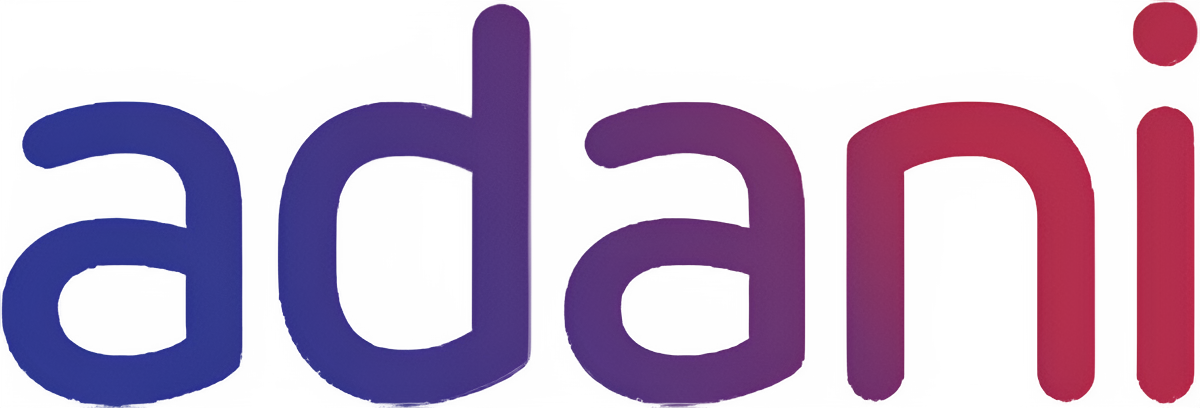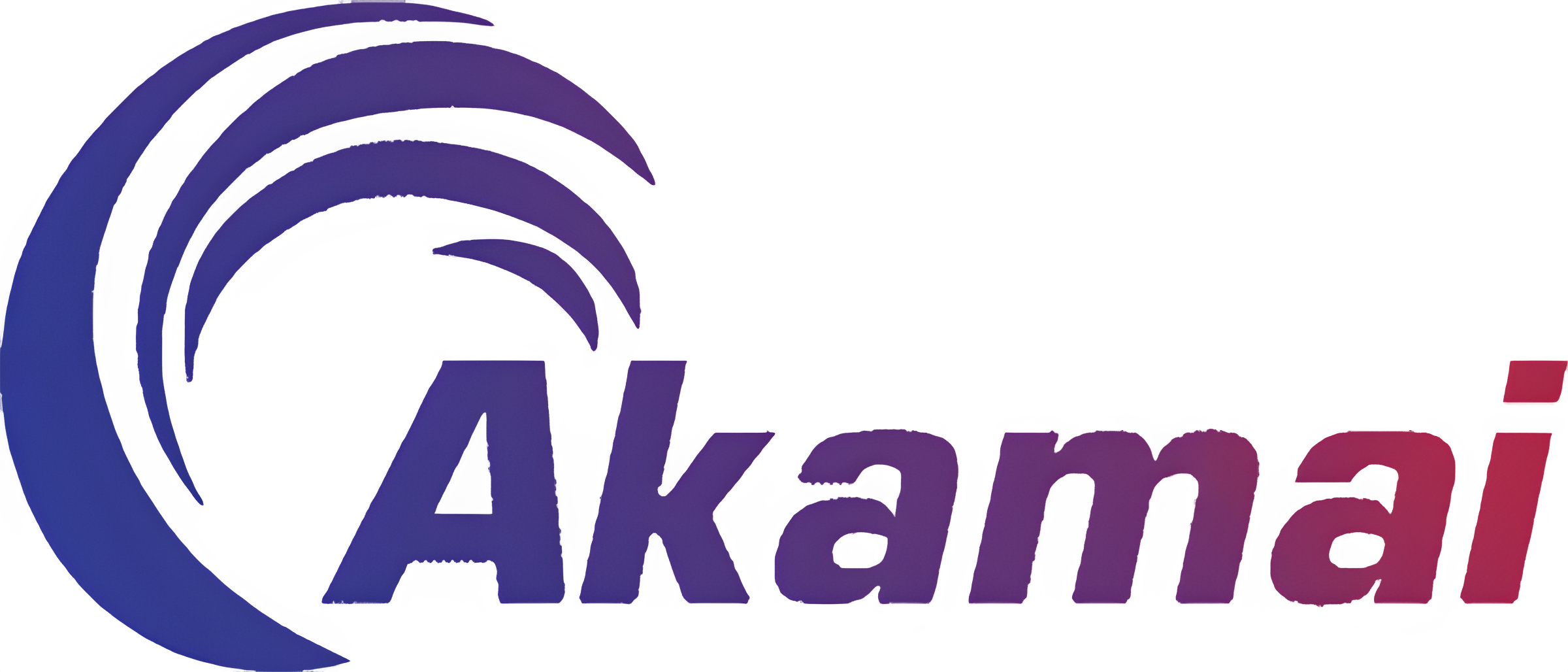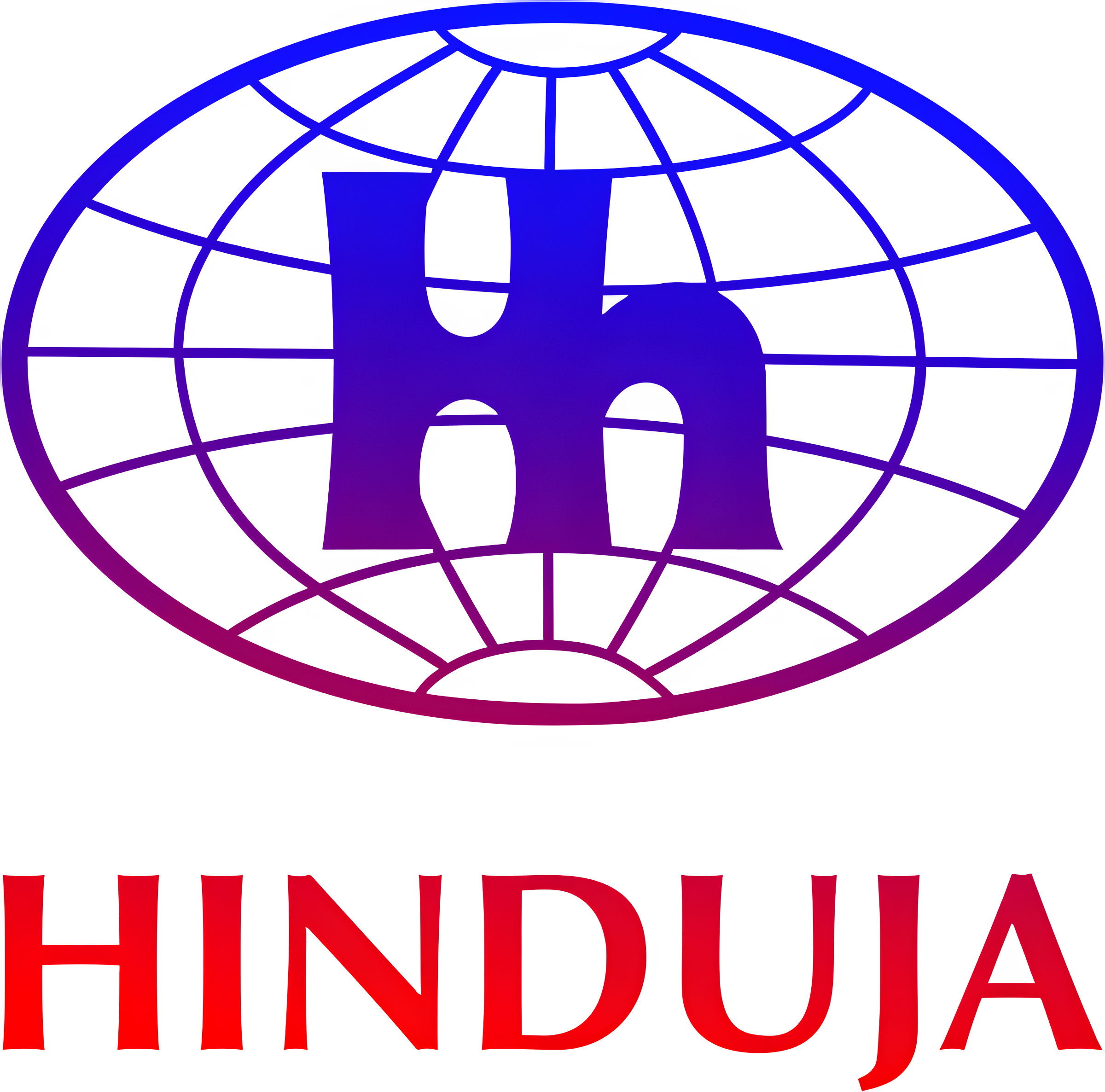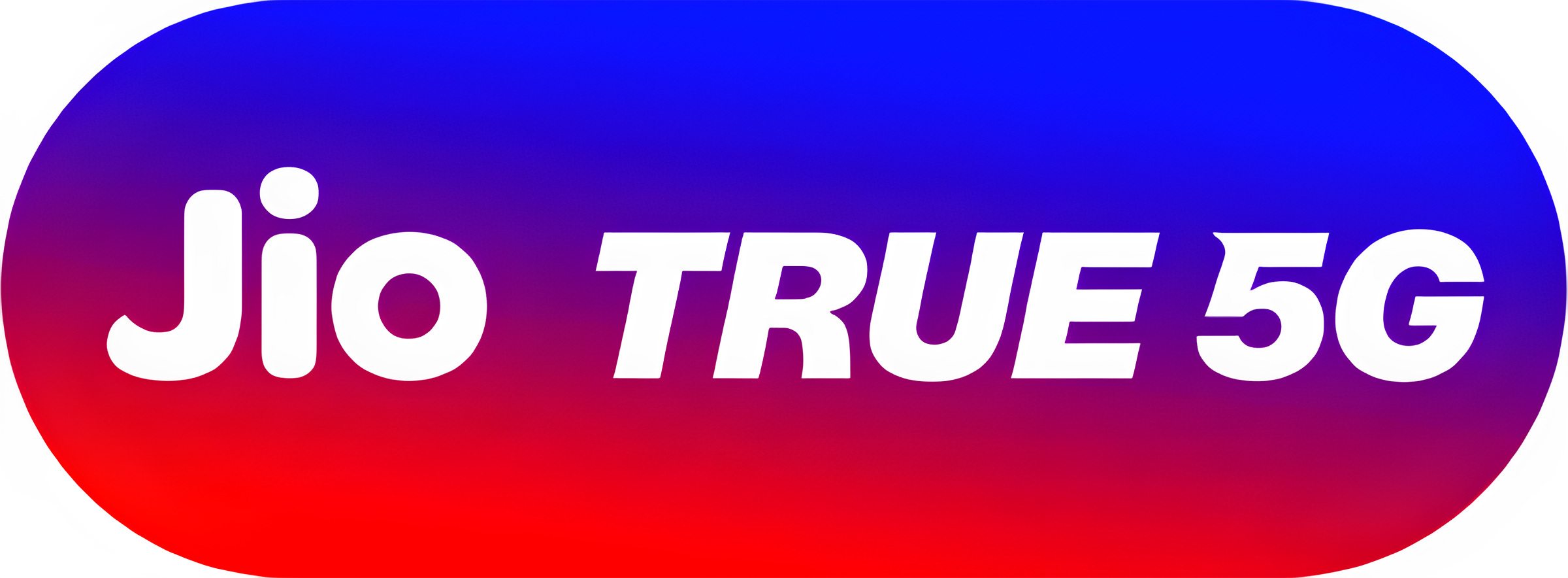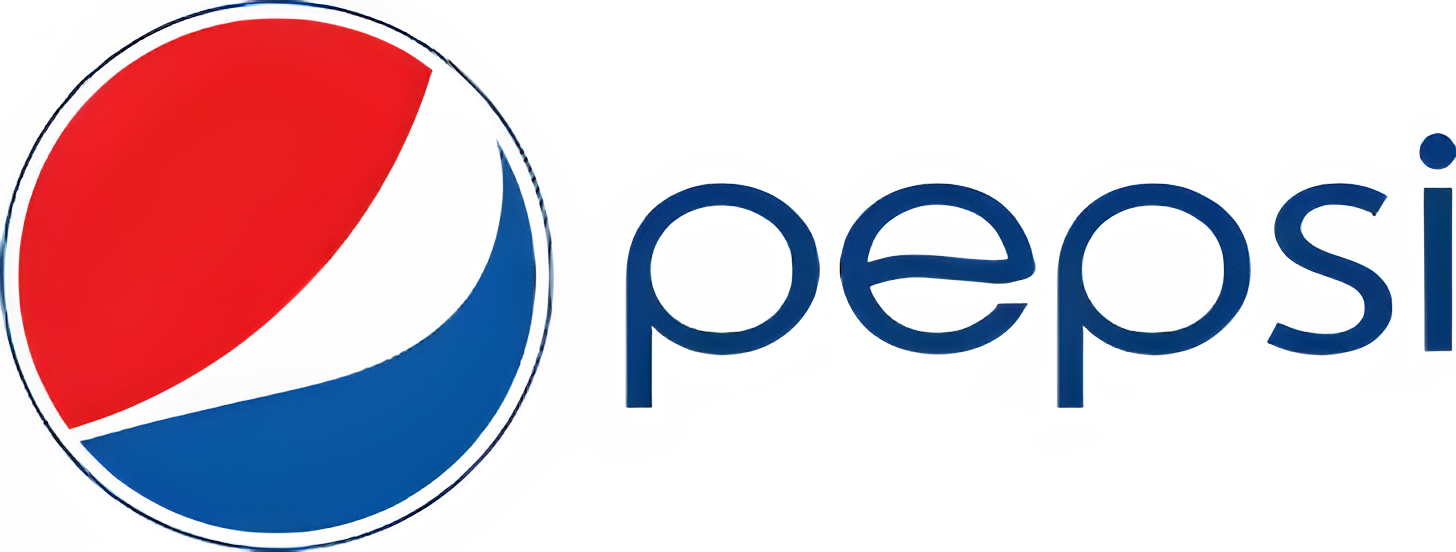Launch a Medicine Delivery App Like 1mg or PharmEasy

The online medicine delivery market in India reached USD 3.18 billion in 2024 and is projected to grow to USD 12.71 billion by 2033, driven by rising internet penetration and demand for home delivered healthcare. Platforms like 1mg and PharmEasy have redefined last mile delivery of pharmaceuticals by offering on demand orders, digital prescriptions, and AI driven recommendations, attracting millions of users daily. Core features include real time order tracking, telemedicine integration, e prescription uploads, and cold chain management for temperature sensitive medicines. Building such an app requires collaboration with a seasoned mobile app development company or healthcare app development company that can architect microservices, secure payment gateways, and GDPR/PCI DSS compliance. Depending on feature complexity, the cost to develop a medicine delivery app range from USD 90,000–150,000 for an MVP to USD 200,000+ for enterprise solutions, making partnership with an Affordable Software Development Company crucial for optimizing mobile app development costs.
In an era where convenience shapes consumer choices, medicine delivery apps like 1mg and PharmEasy have become indispensable for urban and rural populations alike. What once required a trip to the pharmacy now happens in a few taps, thanks to advancements in on demand app development and logistics orchestration. Beyond basic ordering, modern platforms integrate telemedicine consultations, e prescriptions, and AI based health records all within a single interface. For businesses aiming to enter this space, collaborating with an experienced Medicine Delivery App Development team at Dinoustech Private Limited ensures a seamless blend of healthcare compliance, user centric design, and scalable infrastructure.
Market Overview
India’s online pharmacy industry grew by 18% year on year in early 2024, fueled by regulatory support and consumer preference for contactless services. Telemedicine has also seen a 24% CAGR from 2023 to 2030, bridging urban rural healthcare gaps and fostering patient engagement through virtual consultations. The e prescribing market is set to expand at 30.4% CAGR through 2030, as digital prescriptions minimize errors and improve pharmacy workflow. Meanwhile, cold chain management solutions are becoming standard for temperature sensitive medicines, ensuring efficacy from warehouse to doorstep. These converging trends underscore the opportunity for a robust medicine delivery app that integrates healthcare data, logistics, and payment systems into one coherent solution.
👉 Also Read: - Why Every Pharmacy Needs a Medicine Delivery App in 2025
Key Features of a Medicine Delivery App
Beyond basic ordering and delivery, today’s top medicine apps offer a suite of advanced capabilities. Real time GPS tracking lets users monitor each mile of their order, enhancing transparency and trust. Telemedicine integration enables in app video consultations, connecting patients to registered doctors without leaving the app an essential feature for remote and semi urban users. The ability to upload and manage e prescriptions streamlines the ordering workflow while ensuring regulatory compliance. AI driven recommendation engines suggest refills or supplementary wellness products based on health records and purchase history. Subscription models for chronic medications and monthly reminders improve adherence and generate predictable revenue streams. Finally, seamless payment gateway integration with UPI, credit/debit cards, and net banking under PCI DSS protocols builds user confidence and supports quick checkout.
Technology Stack & Architecture
A scalable medicine delivery app relies on a microservices architecture where each module user management, order processing, payments, chat, notifications, and analytics operates independently and can scale on demand. Front end frameworks like React Native allow a unified codebase for Android v/s iOS App targets, reducing development time while providing native like performance. For complex native features such as background location tracking or AR based medicine identification a dedicated iOS app development company and Android app development company can augment the cross platform core. The back end typically employs Node.js or Python/Django services, containerized with Docker and orchestrated via Kubernetes for automated scaling and zero downtime deployments. A NoSQL database (MongoDB) stores user profiles and order history, while a relational store (PostgreSQL) manages transactional data. Kafka or RabbitMQ handle asynchronous tasks like SMS/email notifications and report generation. AWS or GCP cloud platforms provide managed services for media storage (S3/GCS), CDN distribution, and auto scaling compute instances.
UI/UX & Design Considerations
User experience is critical in healthcare apps, where simplicity and trust drive engagement. Clear home screens with prominent search bars enable quick medicine lookups by brand or generic name. Filter options for therapy area, price, or delivery speed help users refine choices effortlessly. High contrast color palettes, large touch targets, and intuitive icons improve accessibility, especially for elderly users. Onboarding flows should include brief tutorials on features like telemedicine bookings and e prescription uploads. Real time status updates order confirmed, out for delivery, delivered displayed through progress bars and map views, reinforce reliability. Finally, integrating chatbots for common queries and live support for urgent issues enhances user satisfaction.
👉 Also Read: - How Healthcare Apps Are Changing the Future of Medical Technology
Regulatory Compliance & Data Privacy
Healthcare apps operate under strict regulations. In India, the Information Technology Act governs patient data privacy, while telemedicine follows the Telemedicine Practice Guidelines issued by the Ministry of Health. E prescriptions must comply with the Drugs and Cosmetics Act, and digital signatures must be Aadhaar verified or provider approved. Data in transit should use TLS 1.2+ encryption, with AES 256 for data at rest. Implementing OAuth 2.0/JWT authentication, role based access control, and audit logs ensures only authorized personnel view sensitive information. Regular security audits, vulnerability scans, and SOC 2 certifications further demonstrate commitment to data protection and patient confidentiality.
Security & Fraud Prevention
Trust is paramount when handling healthcare payments and personal health information. A seven layer security model encompassing device authentication, API rate limiting, input validation, and anomaly detection guards against fraud and DDoS attacks. Third party audits of encryption protocols and tokenization strategies reinforce security. Biometric authentication (fingerprint, face ID) adds an extra layer for app access. For payment security, integrate PCI DSS–compliant gateways and tokenized card storage to minimize exposure of financial data. Proactive monitoring for suspicious account activities and the ability to freeze orders under investigation help protect both users and platform reputation.
Development Process & Timeline
A structured mobile app development process begins with a discovery phase to align on business goals, target audiences, and regulatory constraints. Wireframes and clickable prototypes validate user flows before coding starts. An agile approach two week sprints with continuous integration and automated testing allows incremental feature delivery and early feedback. Key milestones include MVP release (order placement, tracking, payment), beta launch (telemedicine, e prescriptions), and full production rollout (subscriptions, AI recommendations). A typical timeline spans 4–6 months for MVP and 8–12 months for a comprehensive platform. Partnering with an affordable software development company like Dinoustech Private Limited can streamline resource planning and cost management.
Cost Estimates & Budget Planning
The cost to develop a mobile app for medicine delivery varies widely based on feature scope and vendor location. Industry benchmarks put a basic pharmacy MVP at USD 90,000–150,000, covering user registration, catalog, cart, payment, and delivery modules. Adding telemedicine, AI based recommendations, and subscription engines drives pricing to USD 200,000–350,000. Regional development rates range from USD 25–50/hr for offshore teams to USD 100–200/hr for onshore experts. Ongoing maintenance including server costs, licensing, and support typically runs at 15–20% of initial development costs annually. An affordable mobile app development company can offer flexible engagement models fixed price, dedicated team, or time and materials to align budgets with project needs.
Monetization Strategies
Sustainable revenue models for medicine delivery apps include order based delivery fees, subscription plans for chronic medication refills, and commissions on product sales. Premium telemedicine consultations can be sold à la carte or bundled within subscription tiers. Partnering with pharmacies and diagnostic labs for cross sell opportunities such as health check up packages diversifies income. Branded placements or featured listings generate ad revenue, while white labeling the platform for hospital chains opens enterprise licensing avenues. Revenue sharing with logistics partners and minimal transaction fees balance user affordability with profitability.
👉 Must Read: - Step-by-Step Guide to Developing a Healthcare App for Your Business
Marketing & Growth Strategies
Capturing market share requires a blend of digital and on ground tactics. SEO optimized content blogs on common health topics, telemedicine benefits, and nutrition advice drives organic traffic. Targeted social media campaigns and influencer tie ups in the health and wellness niche boost awareness. Referral incentives, such as cashback or discount codes, encourage word of mouth. Local partnerships with clinics, hospitals, and senior citizen communities help penetrate semi urban and rural markets. In app rewards and gamified wellness challenges foster engagement and retention. Finally, monitoring user behavior through analytics tools guides continuous improvement of features and marketing messages.
Conclusion
Launching a medicine delivery app like 1mg or PharmEasy demands a deep understanding of healthcare ecosystems, regulatory landscapes, and user expectations. By partnering with Dinoustech Private Limited an affordable software development company, mobile app development company, and healthcare app development company specializing in medicine delivery app development you gain end to end support from ideation through launch and beyond. our provendevelopment process, combined with expertise in microservices architecture, secure payment integrations, and user centric design, ensures your app stands out in a competitive market. Reach out to Dinoustech Private Limited today to turn your medicine delivery app vision into reality.

